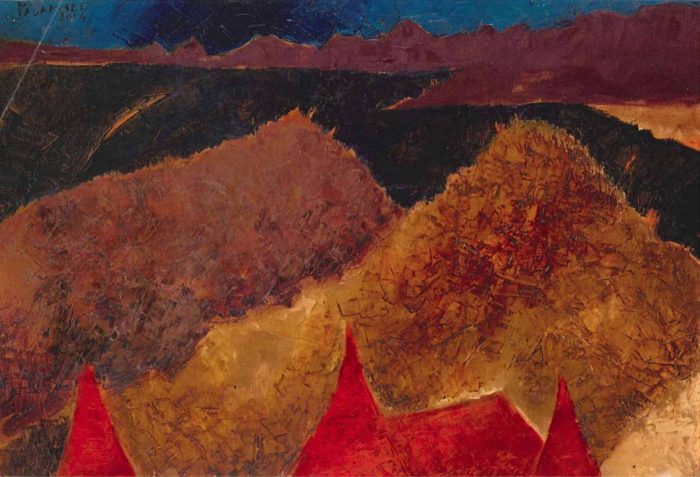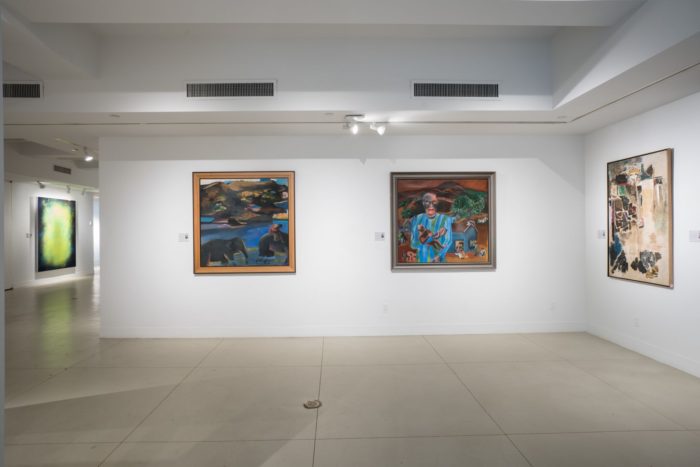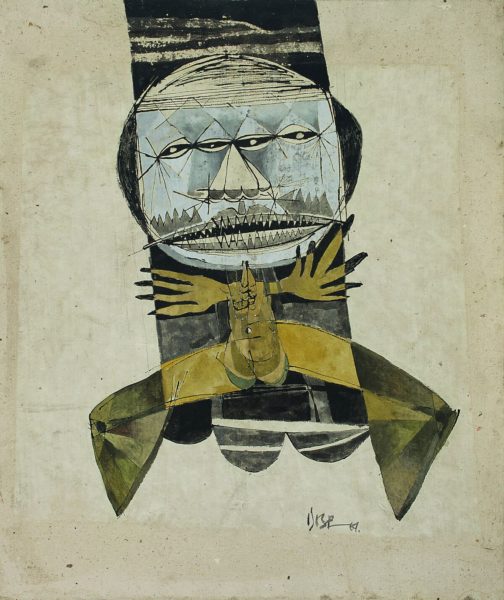
John D. Rockefeller III initiated a unique art grant program in the ‘60s to connect Indian artists with then-booming art community of New York. The city was the epicenter of modern art, Abstract Expressionism, and Pop Art, which took over the galleries and museums by storm. The Asian Cultural Council took over the grant program in 1979 after JDR III Fund dissolved. Through this initiative, many artists, who later went on to become household names in South-east Asia and elsewhere, had a chance to visit New York for the first time and expand their vision beyond the traditions they practiced back home. Global discourse in art has evolved significantly over the decades towards a transcultural and multi-geographical direction, creating multiple artistic hubs around the globe without a single focal point. Now India being one of the pivotal spots in contemporary art, the program represents a legacy that has partaken in development of art in the country on international scale. Among the grant recipient artists whose career flourished over the years were Akbar Padamsee, Arun Bose, Ram Kumar, Vinod Dave, Natvar Bhavsar, and Jyoti Bhatt.

DAG Modern, a New Delhi and Mumbai-based gallery with a New York outpost, is hosting India’s Rockefeller Artists: An Indo-US Cultural Saga, a group exhibition that surveys the decades-long legacy of the grant program with an intergenerational checklist. Spanning the galleries spacious Midtown gallery, the works weigh heavy on painting, a genre that has helped Indian artists to explore the country’s vast visual tradition while exploring possibilities of implementing socio-political commentary. The grandest example of this fusion is a set of paintings by Bhupen Khakhar, the first openly gay Indian artist and the recent subject of a retrospective at Tate Modern titled You Can’t Please All. Imbued with subliminal and homoerotic details that reveal their narratives through close inspection and some imagination, Khakhar’s acrylic paintings combine cues from Surrealism and Post-Expressionism with inherent resistance toward classifications on western standards.

In Two Men on an Elephant, a nocturnal acrylic on board landscape and a male duo are illustrated atop an elephant in the backdrop of a hallucinatory mountainous scenery. Distinctly colored and minimally detailed, two men seem to be on an ambiguous journey while traversing a mass of water on an elephant’s back. Heavier with erotic implications is Son is the Father of Man, the artist’s deep exploration into notions of same-sex love, paternity, and familial bond. Posing in front of a rural landscape where a group of men engages in daily activities. Around a farm is a male figure carrying another man in minuscule scale with parental caress. While the painting is open to interpretation thanks to its symbolism-laden juxtaposition, one would be forgiven to read the relationship between two figures as depiction of Khakhar’s complex bond to a lover or his father who passed away during the artist’s childhood.
India’s Rockefeller Artists: An Indo-US Cultural Saga is on view at DAG Modern through March 3, 2018.
-Osman Can Yerebakan
Photographs courtesy of the artists and DAG Modern



